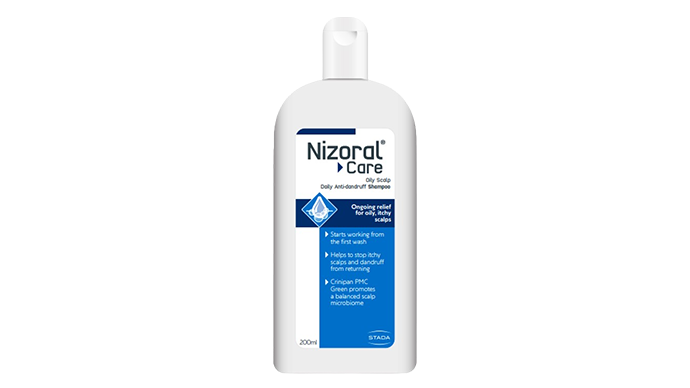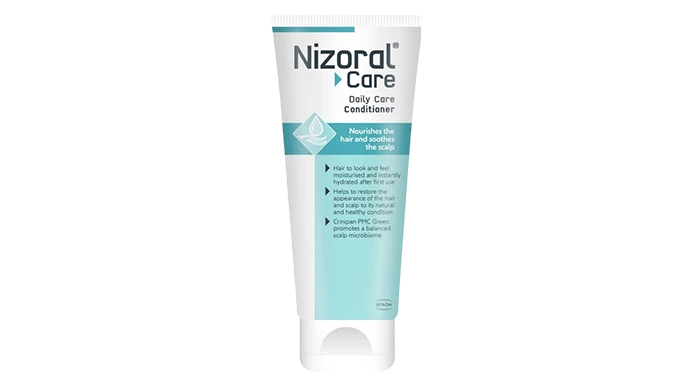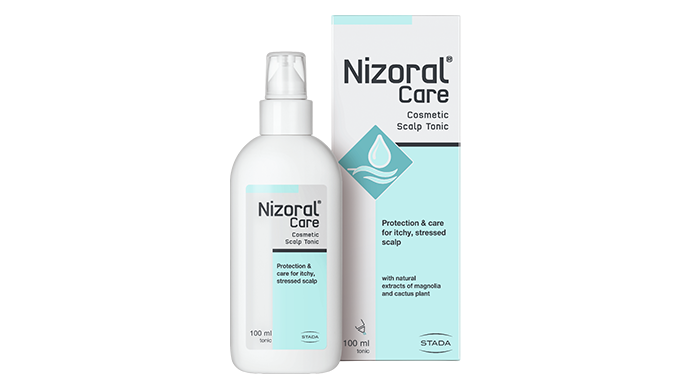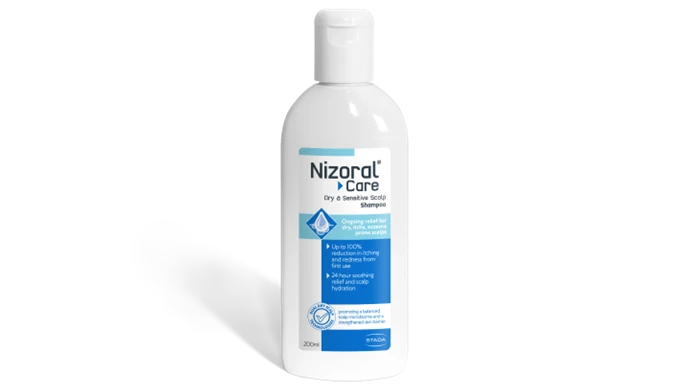When it comes to hair care, we often hear about new trends, routines and guidance for women, but male grooming has been on the rise in recent years, with more men taking an interest in their skin and hair care. Whether you are a ‘wash and go’ man, or you have a regular routine in place, we have some tips on how you can take the best care of your hair and scalp.
Scalp Hygiene
The most important step for maintaining healthy hair is to cleanse your scalp, as the condition of the scalp can affect the growth of the hair. Residue can build up on the scalp in between washes, as leftover product, dead skin, sweat and natural oil collect in the area. Gently cleansing with shampoo on a regular basis helps to lift and remove this build up. There’s no need to scratch or rub the scalp with force - massaging with fingertips should suffice.
Your hair type will determine how often you should wash your hair. If you have fine hair, you may need to wash more frequently, whereas if you have thicker hair, it may be less frequent.
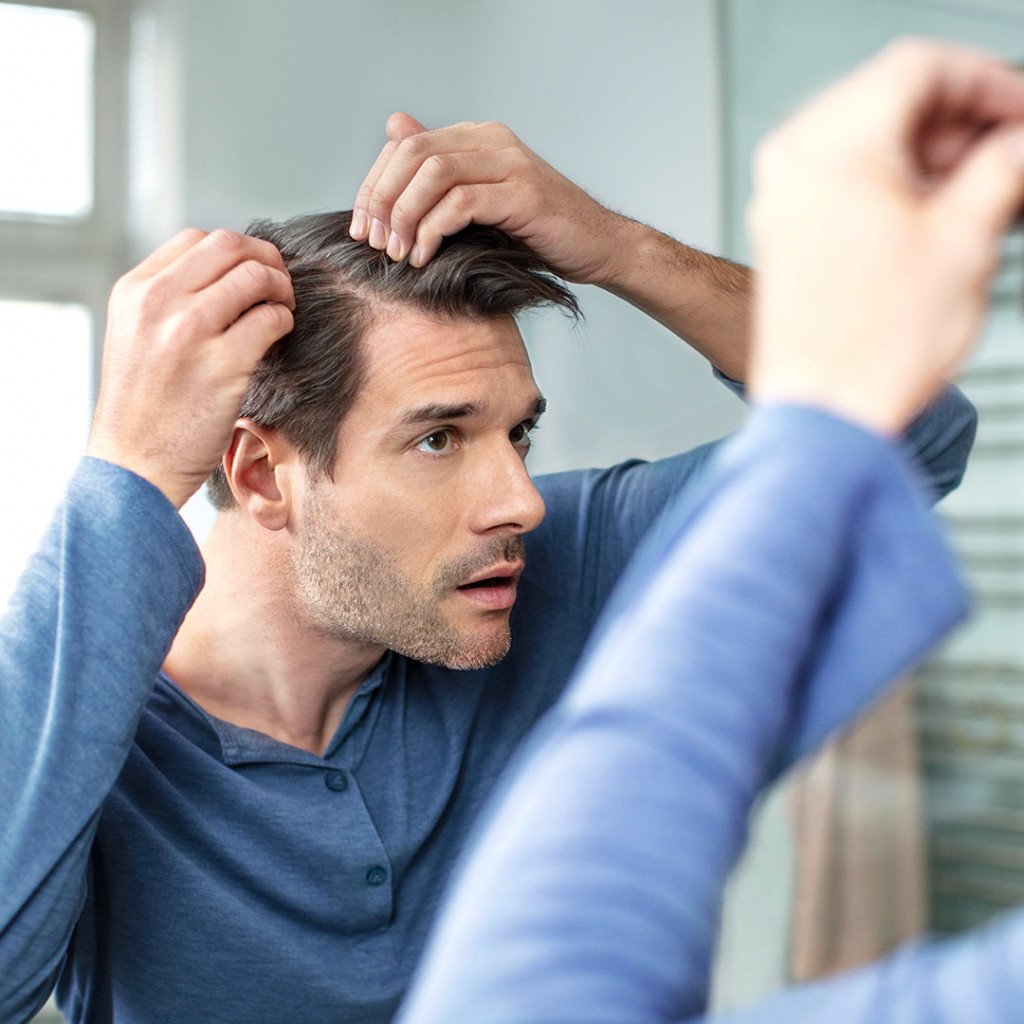
Staying Hydrated
It may be tempting to simply wash your hair, but regular use of a conditioning product can help to protect your hair from dryness and damage. There are lots of products on the market that have been created specifically for men. Typically, conditioners contain ingredients such as humectants, which draw moisture to the hair and skin from the air around, as well as oils, in order to keep the hair soft and supple.
Conditioners should generally be applied through the lengths of the hair, rather than directly onto the scalp, as this can add to the existing natural oils. If you have coarse hair, using a deep conditioning mask every so often can give an extra boost of hydration.
Regular Trims
Trimming your hair on a regular basis is key for maintaining hair health, as it can help to support hair growth and remove damaged hair from the ends. But it’s also beneficial in maintaining the shape of the hair. Men’s hair styles tend to be shorter, making it more noticeable when the hair loses its shape. For shorter styles, it’s recommended to get a trim every one to two months, and for longer styles, every three to six months as a minimum.
If your local barber is not able to work due to current restrictions, you could ask someone in your household to help - or have a go at a trim yourself!
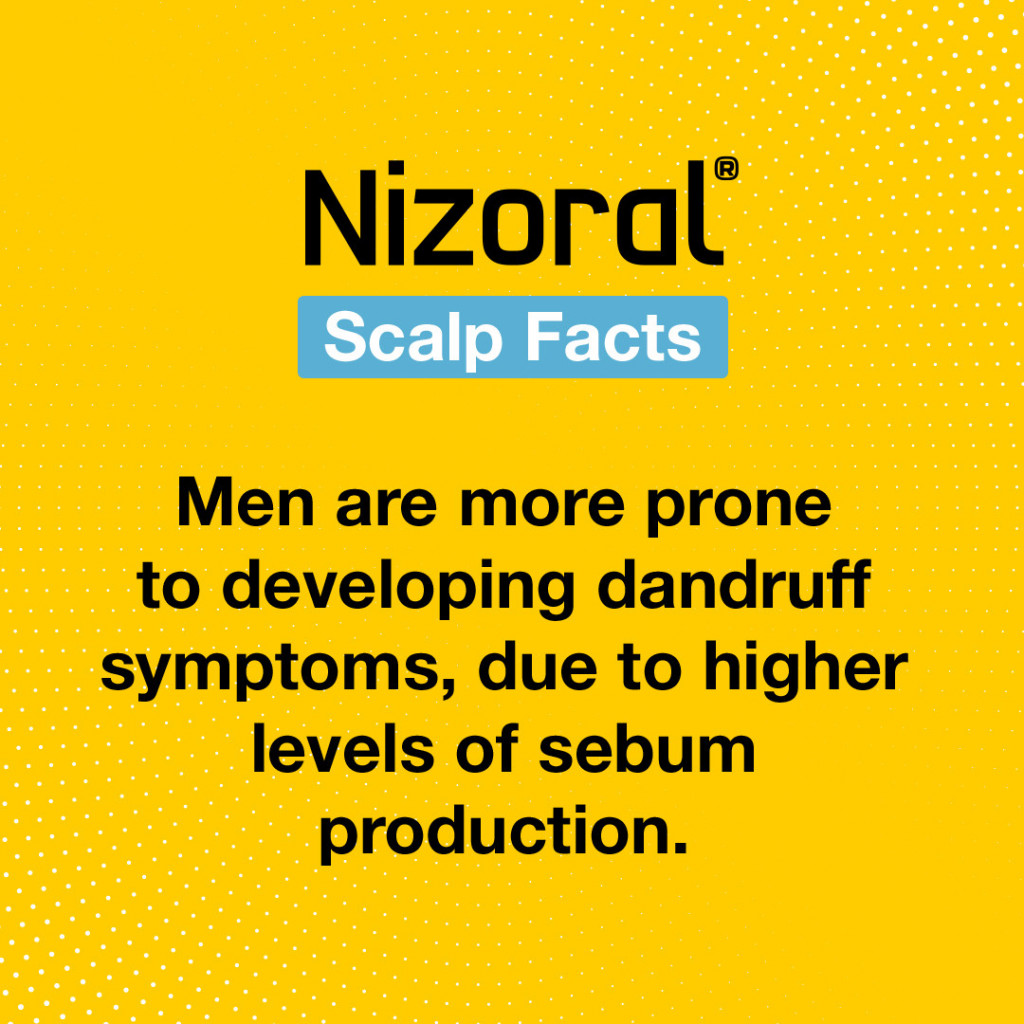
Managing Dandruff
It’s thought that men are more prone to dandruff due to higher levels of testosterone, which cause more sebum to be produced. This coupled with larger oil-producing sebaceous glands can make the scalp more oily in men. Dandruff is primarily caused by a fungus called malassezia which thrives on oil, making those with oily skin more likely to experience the condition.
If you’re experiencing dandruff, a medicated shampoo like Nizoral can be used as part of your normal hair care routine to treat and prevent symptoms from returning. Nizoral contains ketoconazole, which fights the root cause of dandruff by reducing malassezia to a healthy level.
Beard Maintenance
Looking after your facial hair is just as important as looking after the hair on your scalp. Washing and conditioning your beard should be the first part of your beard care routine. Oil and dirt can get trapped, much like it can on your scalp. After this, oil and balm products can be used. Beard oils help to nourish the beard and the skin underneath it with a lightweight formula. Beard balms, on the other hand, tend to sit on the beard for longer and provide more hold, so are better suited for taming unruly beards.
There are also things you can do to enhance the appearance of your beard when trimming it. Shaping your neckline so that the edge of your beard sits just above the Adam’s Apple in a U-shape can give a neater look, while trimming your moustache with a relaxed face can ensure that, after your trim, it is even for all facial expressions.
Hair Loss
The most common cause of hair loss in men is a condition called androgenetic alopecia, also known as male pattern baldness. It’s estimated that up to 95% of hair loss in men is due to this condition. It often presents as a receding hairline and thinning crown, and is linked to a genetic sensitivity to a byproduct of testosterone.
You might be surprised to know that you can still use shampoo if you are experiencing baldness. In fact, there are shampoo products made specifically for this, as using body washes and soaps can have a drying effect on the scalp. Whichever products you choose, it’s important to cleanse and moisturise your scalp on a regular basis, and protect with sunscreen or a hat if your head is going to be exposed to the sun or cold weather.
Making small changes to your hair care routine can support the health of your hair and scalp, which can have a positive impact on your overall wellbeing and self-confidence. For more tips and facts about scalp care, visit our blog.
Already tried everything for dandruff? Nizoral is a clinically proven solution for dandruff, treating the cause and symptoms. Find out more here.





